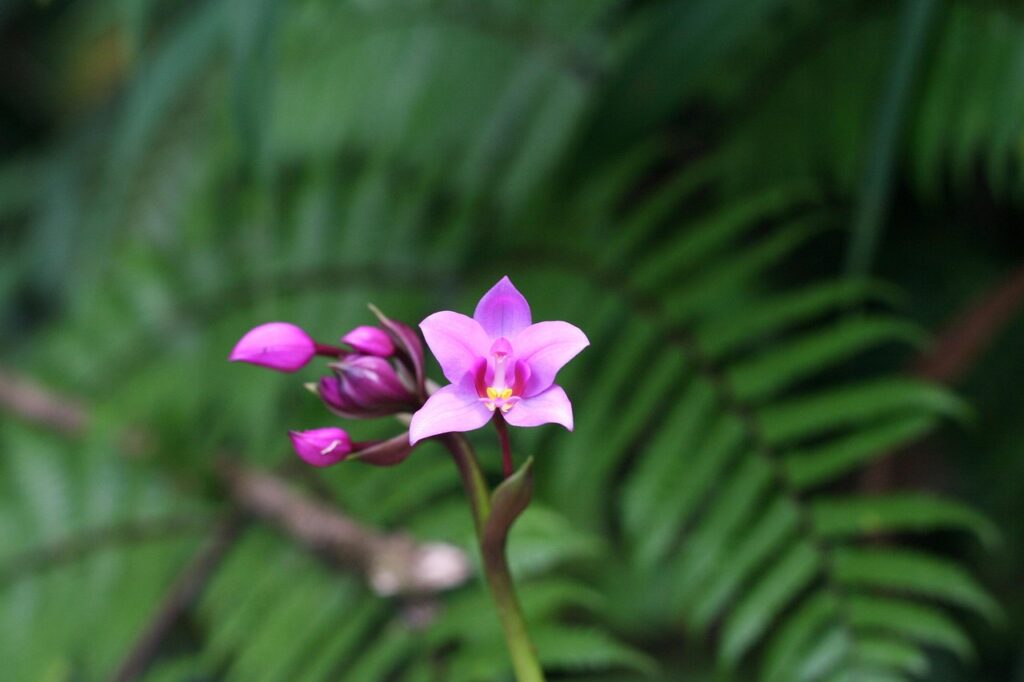
Introduction
Ah, the islands! Sun, surf, and that laid-back vibe—it’s a paradise for so many. But when you’re looking to hydrate, a common question pops up: Is the tap water safe to drink? Both locals and visitors alike ponder this essential detail, and rightly so! Let’s dive into a few key considerations about drinking tap water across various islands. Trust me; this little guide is going to help you navigate your drinking options smoothly.
Regional Differences Matter
First off, it’s crucial to acknowledge that the safety of tap water can vary dramatically from island to island. For instance, in places like Hawaii, the water meets strict standards and is generally considered safe to drink. Hawaii has a robust infrastructure for water treatment and purification. So, if you’re hopping around the islands, feel free to fill up your reusable water bottle!
The Caribbean Conundrum
Now let’s take a look at the Caribbean. The story here is a bit more nuanced. In countries like Bermuda or Puerto Rico, tap water is treated and often safe for consumption. However, in some islands, particularly those with less developed infrastructure or where tourism outpaces local services, it’s best to err on the side of caution. Always check local advisories or ask your hotel staff.
Look for Local Guidance
You might be wondering, “What’s the quickest way to know if the water is safe?” Local knowledge can be your best friend here. Engage with locals, ask at restaurants, or chat with hotel staff. They often have the best insight on not just the water situation, but also tips on where to fill up and which areas to avoid.
Signs to Look For
When you’re sipping from the tap, keep an eye out for odd smells or colors. If the water tastes strange or there’s visible sediment, that’s your cue to avoid it. Clear, odorless water is generally a good sign, but I’d advise you to trust your instincts—if it seems off, it probably is.
Understanding Water Treatment Systems
Many islands rely on a combo of natural resources and technology to provide fresh water. For instance, Malta uses a desalination process, turning seawater into drinking water. Meanwhile, Fiji is famed for its clean mountain spring water, drawing on purer natural sources. This leads to different levels of safety and taste profiles.
Desalination vs. Groundwater
Desalinated water is generally safe but can have a slightly different taste due to the minerals added during processing. Groundwater, on the other hand, may pick up impurities depending on the area’s geology. If you encounter groundwater systems, it’s often a good idea to check local reviews or reports on its safety.
Health Tips While Traveling
Even if the local tap water is deemed safe, it’s wise to keep your health in mind when traveling to new places. Here are some simple yet effective tips:
Stay Hydrated, Stay Smart
Bring a reusable water bottle equipped with a filter. It’s a smart addition to your travel gear, helping you stay hydrated while adding a layer of protection when you’re uncertain about what’s coming from the tap.
When in Doubt, Buy Bottled Water
Sometimes, opting for bottled water is the easiest route—especially if you’re hopping around islands or visiting local markets. But, be conscious of your plastic consumption; it’s a good idea to find refill stations where you can fill your filtered bottle instead.
The Environmental Impact
As much as we love to sip fresh water, it’s crucial to consider where it comes from. Many islands face challenges with water scarcity, and excessive reliance on bottled water can contribute to waste and pollution issues.
Eco-Friendly Practices
If you’re keen on keeping your footprint light, look for local initiatives focused on sustainability. Some islands have adopted programs that help reduce plastic usage and promote water conservation. Engaging in these practices can enhance your travel experience while also supporting local communities.
Understanding Your Body’s Needs
Lastly, if you’re venturing to a new island, remember that your body might require some time to adjust. Who knows? What feels like a refreshing tap water could come with local microorganisms that your body may not be used to.
Listen to Your Body
Despite the assurances about tap water quality, be aware of how your body reacts. If you notice any signs of discomfort, it might be best to stick to bottled water for the duration of your stay. It’s always better to err on the side of caution, especially while exploring beautiful new places.
Final Thoughts
So, is tap water safe to drink across the islands? The answer is—it depends! Your best bet is to approach it with cautious optimism: check local advice, stay aware of changing conditions, and prioritize your health. With these simple guidelines, you can navigate the waters like a pro and focus on what really matters: soaking up that sun and enjoying every moment on your island getaway!
If you’re curious for more on island living and travel tips, check out this helpful source.
**Related Reading:** – [Related: How to Plan a Solo Trip on a Budget] – [Related: Top Destinations for First-Time Solo Travelers] **#SoloTravel #Tap #Water #Safe #Drink #Islands #Key #Considerations**
